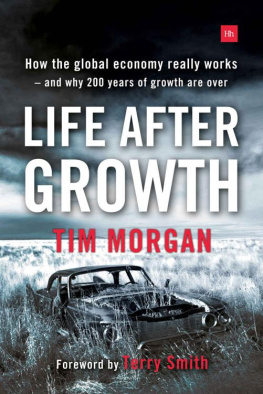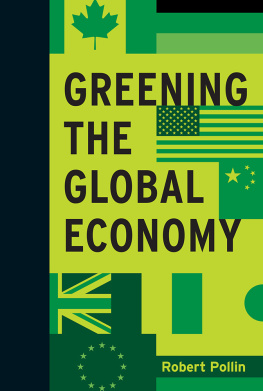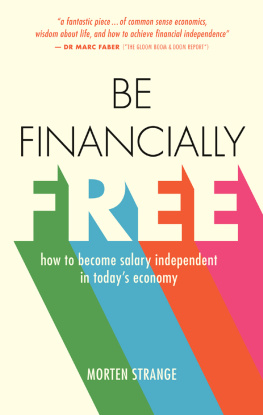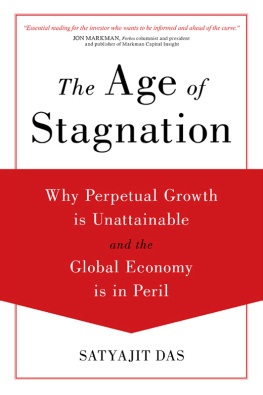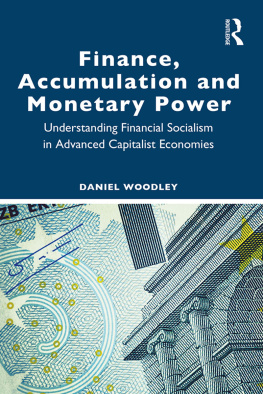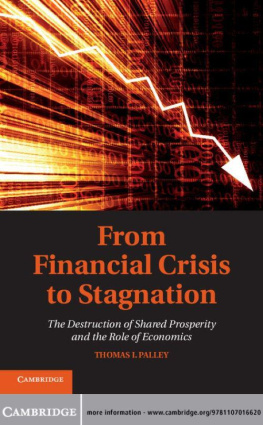Publishing details
HARRIMAN HOUSE LTD
18 College St
Petersfield
Hampshire
GU31 4AD
GREAT BRITAIN
Tel: +44 (0)1730 233870
Email: enquiries@harriman-house.com
Website: www.harriman-house.com
First published in Great Britain in 2013. New ;aperback and eBook dition published in 2016.
Copyright Tim Morgan
The right of Tim Morgan to be identified as the Author has been asserted in accordance with the Copyright, Design and Patents Act 1988.
9780857195562
British Library Cataloguing in Publication Data
A CIP catalogue record for this book can be obtained from the British Library.
All rights reserved; no part of this publication may be reproduced, stored in a retrieval system, or transmitted in any form or by any means, electronic, mechanical, photocopying, recording, or otherwise without the prior written permission of the Publisher. This book may not be lent, resold, hired out or otherwise disposed of by way of trade in any form of binding or cover other than that in which it is published, without the prior written consent of the Publisher.
No responsibility for loss occasioned to any person or corporate body acting or refraining to act as a result of reading material in this book can be accepted by the Publisher, by the Author, or by the employer(s) of the Author.
For Eileen Morgan, with love and gratitude
Introduction to the Paperback Edition
LIFE AFTER GROWTH makes a straightforward contention which pulls no punches whatsoever.
This book asserts that two centuries of economic growth are over.
When a book making such a far-reaching claim reaches a second edition, it is surely incumbent on the author to examine his thesis in the light of subsequent developments. Of course, two-and-a-half years is a very short time in terms of economic evolution, but it is still reasonable to ask whether experience since first publication has caused any change in how I see things.
The short answer is no. In fact, developments since 2013 wholly reinforce my conclusions. Eight years on from the banking crisis, economic growth has not only remained extremely sluggish, but has now deteriorated to the point where respected international organisations are casting around for ways to inject growth into the system. The economy may not be growing but the global debt mountain keeps getting bigger.
Put simply, we are in a situation without parallel. Interest rates are close to zero, except where they have already turned negative. Asset markets (including bonds, equities and property) have been inflated by ultra-loose monetary policies, and debt keeps ballooning, but the weakness of incomes and the lack of growth have led to serious consideration of ideas (such as negative interest rates, helicopter money and the banning of cash) which, a decade ago, would have been considered both outlandish and dangerous.
Even before we add vast government welfare promises into the mix, what we are witnessing is the transformation of the global financial system into a gigantic Ponzi scheme.
The longer answer requires a consideration of symptoms and causes. In fact, the symptoms are pretty easy to describe, if we look at how events have unfolded since the start of this century.
MORBID CURIOSITY
Once upon a time, the personnel report on a certain lieutenant is supposed to have said that his men would follow him anywhere but only out of a morbid sense of curiosity. Morbid curiosity is in order as we look at what has been happening to the economy.
To start with, real economic growth has ceased, and it can certainly be argued that the economy has already started shrinking. To be sure, some growth is still being reported, but this needs to have a strong health warning attached to it. A bit of fairly recent history will explain why this is.
Lets look at the years 2000 to 2007, the build-up to the banking crisis of 2008. Growth looked strong in these years, but we now know that all this growth really amounted to was the use of debt to fund consumption. Increasing expenditure by consumers may have been delivering statistical growth, but it was able to do so only because debt was growing enormously. This wasnt really growth, then, but the simple spending of borrowed money.
Putting some numbers on this is revealing. Between 2000 and 2007, global GDP (a measure of economic output) increased by a nominal $17 trillion, but debt increased by $55 trillion, meaning that each $1 of growth was coming at a price of over $3 in new debt. Even if we exclude debt owed between banks, the increase in real economy debt was $38 trillion, or $2.20 for each dollar of growth.
Any sensible observer, noting that a mountain of debt had taken the financial system to the brink of collapse, might assume that this must have taught a valuable lesson. Unfortunately, it didnt. Between 2007 and 2014, borrowing increased by $57 trillion, or $49 trillion if we exclude inter-bank lending. That $49 trillion is a bigger seven-year increase in debt than the $38 trillion borrowed between 2000 and 2007. It corresponds to $2.90 for each dollar of reported growth, which means that we have been using borrowed money to buy growth at an even higher price since 2007 ($2.90 per dollar) than the price we were paying in the years before the crisis ($2.20).
Far from learning from the crisis, then, we have actually increased the rate at which we borrow.
Look at it this way. If you spent 10,000 more this year than last, because your income had increased by the same amount, your higher spending would be a genuine indicator of improvement. In terms of economics, you would have been experiencing growth.
But if you spent 10,000 more this year just because you borrowed 10,000 to make this possible, there has been no improvement in your circumstances. In fact, your situation has worsened, because you will have to pay interest on that borrowed money and, one day, you will have to pay it back.
Thats bad enough. But just imagine that, to spend 10,000 more, you had borrowed 29,000. This would suggest that your real income was in sharp decline, and would also pile very big future interest and repayment demands on your resources. This may sound like reckless behaviour, and indeed it is but it is also what the world has been doing since 2007 , borrowing $2.90 for each $1.00 of reported growth.
If an individual did behave this recklessly, over an extended period of years, he would find himself in very big trouble. So too, for that matter, might the bank that had been lending to him in such an irresponsible way. He probably couldnt even keep paying the interest on his debt, let alone ever repay the capital. The bank would face the very real risk of having to write off his debt.
There are limits to how far we can draw comparisons between the circumstances of an individual and the economy as a whole. But, reflecting back on 2008, it is fair to say two things about the world economic situation.
CRISIS? WHAT CRISIS?
First, the global debt mountain had become so big that borrowers could no longer carry on paying the interest, let alone keep up with repayment schedules. Had something not been done about this, and quickly, massive-scale defaults would soon have wiped out the banks capital, which would in turn have brought down the whole system.
Second, it is standard practice to assess the sustainability of debt by comparing it with GDP. But GDP figures before the crisis had been inflated by the simple spending of borrowed money, meaning that economies were weaker, and global debt levels were more dangerous, than the authorities had previously assumed.
The immediate need was to shore up the banks and prevent panic. Governments did this by providing a combination of actual cash injections, plus assurances that they would stand behind the banking system. Meanwhile, since the crisis triggered an economic recession (which reduces tax revenues whilst boosting the cost of welfare), budgets were stretched to the point where governments around the world were incurring unprecedented deficits.

